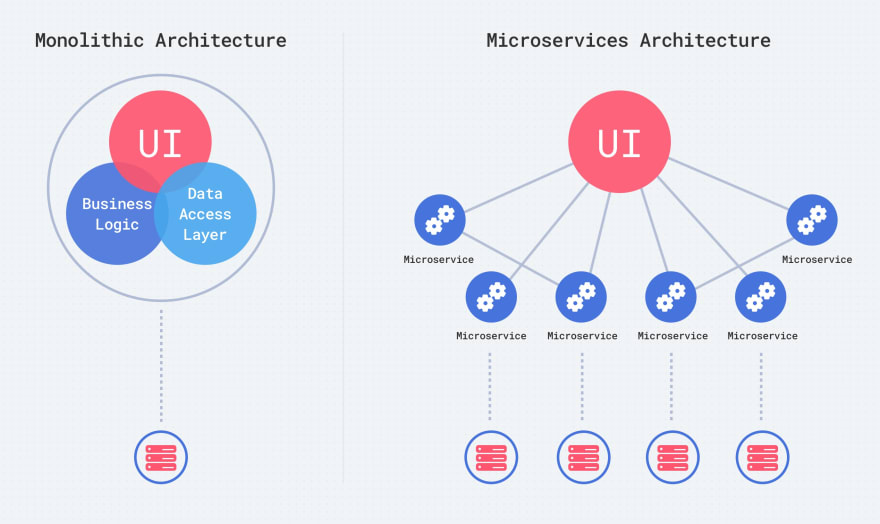Demystifying Data: Your Quick Guide to Talking Tech
The world of data – analytics, science, and ad-tech – can feel like a foreign language for those new to the field. Technical jargon flies around, and new tools emerge seemingly every day. While countless resources exist online (articles, videos, courses), it takes a significant investment of time and effort to sift through them all and retain the key takeaways.
This blog cuts through the noise! Here, we translate complex data concepts into plain English, making them easy to understand and remember. Our goal is to empower professionals in sales, account management, and customer success to:
- Spark conversations with prospects, existing clients, and technical teams.
- Grasp core data concepts quickly.
- Add value to interactions and identify new opportunities.
- Navigate conversations confidently in just 20 seconds, not 20 minutes!
We focus on providing talking points, not lengthy explanations. Think of these posts as cheat sheets for data discussions.
Bonus resources like images and articles are included for those who want to delve deeper. These posts primarily serve as my own reference for keeping up with data trends, but hopefully, they'll also be a valuable learning tool for you!
Remember: These are concise explanations, not comprehensive guides. Happy learning!
P.S. Grab a cup of coffee, not a textbook – these are quick bites of data knowledge!



